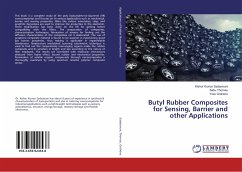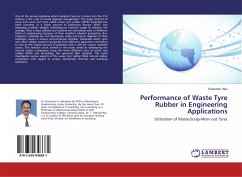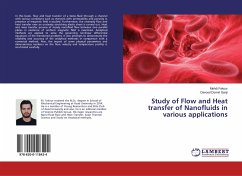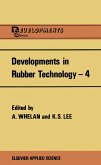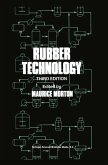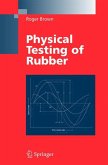This book is a complete study of the poly (Isobutylene-co-isoprene) (IIR) nanocomposites and focuses on its various applications such as mechanical, barrier and sensing properties. Fillers like carbon nanotubes, clays, and graphitic derivatives are used to improve the properties to the elastomer. Chem modification has been done on the IIR for getting better compatibility with the fillers. The preparation of composites, characterization techniques, fabrication of sensors for finding out the diffusion characteristics of the composites etc is elaborated. The use of graphene composite material is found to be superior in maintaining good gas barrier properties, thus making it applicable in impermeable membranes. Temperature modulated scanning calorimetric technique is used to find out the cooperatively rearranging regions inside the rubber composite and its variation in length and size according to the nature of filler employed. The results are correlated with molecular interactions deduced from Payne effect, bound rubber and mechanical properties. Permeation of volatile organic compounds through nanocomposites is thoroughly examined by using quantum resistive polymer composite sensor.

